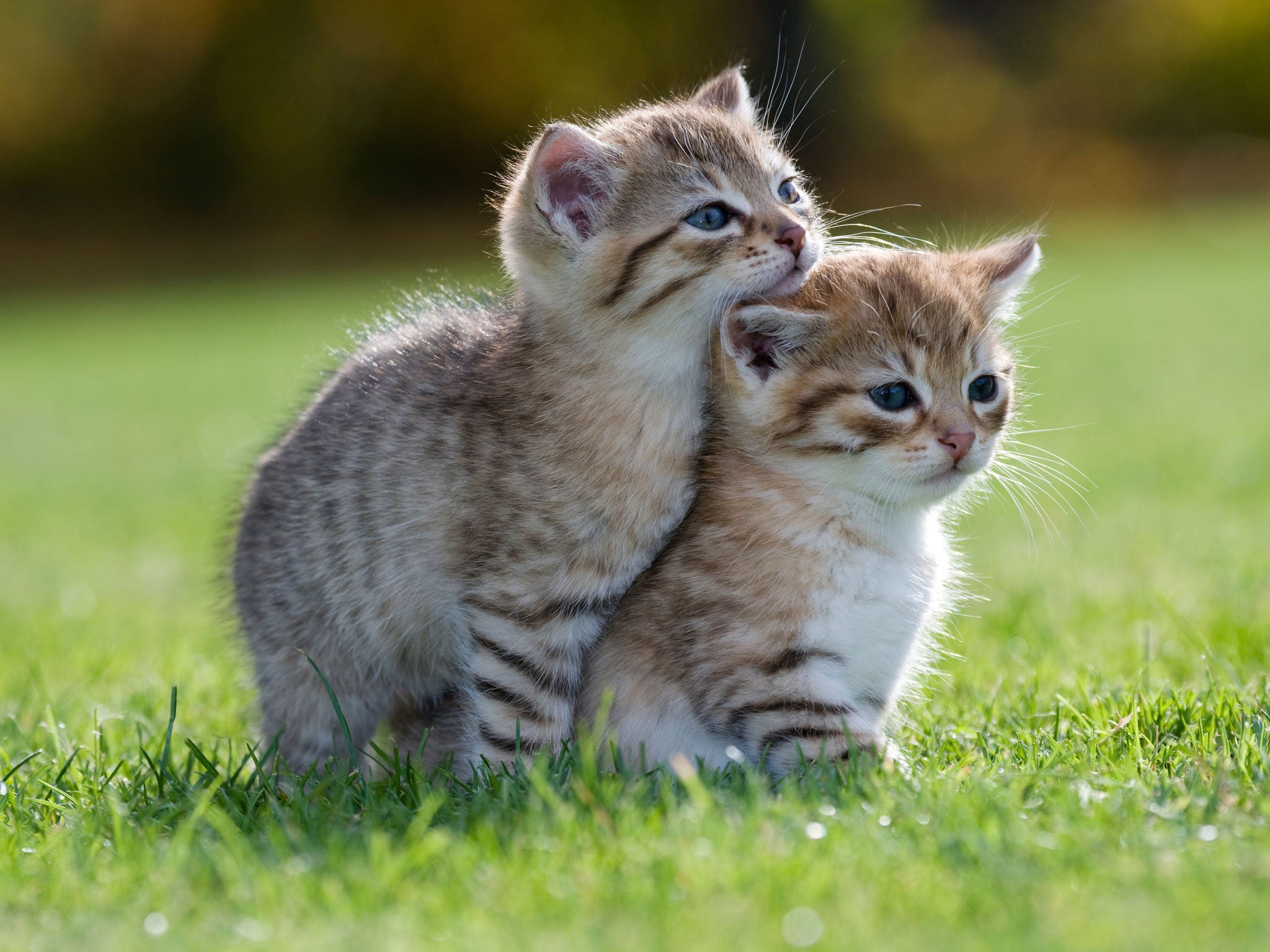I wanna eat you all up! Why pictures of cute animals could make us feel violent
Researchers claim to have found a link between cuteness and aggression

Given the amount of time dedicated to them on the internet it's perhaps a good thing that looking at pictures of cute animals can reportedly increase productivity at work.
But is there a dark side to cuteness?
Researchers presenting findings to the Society for Personality and Social Psychology conference claim to have found a link between cuteness and aggressive tendencies.
LiveScience, who reported from the event earlier this month say researchers have labelled the phenomenon "cute aggression".
Two graduate psychology students at Yale University, Rebecca Dyer and Oriana Aragon, led the research into reactions to cute images.
They claim to have found a connection between pictures of cute animals and a desire to squish or squeeze them.
The researchers found that people watching a slideshow of cute pictures popped more bubbles on a sheet of bubble wrap than those watching funny or neutral pictures.
Instead of relaxing people or creating in them an urge towards gentleness and care the pictures appear to create a feeling of physical agression.
"We think it's about high positive-affect, an approach orientation and almost a sense of lost control," said study researcher Rebecca Dyer, according to LiveScience. "You know, you can't stand it, you can't handle it, that kind of thing."
Participants in the study rated the animals on funniness, cuteness and how much the pictures made them feel they lost control.
They rated how much the pictures made them want to say things like 'grr!' and 'want to squeeze something'.
The researchers followed up on the statements test by asking participants to pop bubbles on bubble wrap as they looked at the slide show of cute pictures.
The researchers had told participants that the study was investigating motor activity and memory and asked them to pop as many or as few bubbles as they wanted.
Participants who were shown the slide-show popped an average of 120 bubbles compared with 100 for the neutral images and just 80 for the funny picture.
'It might be that how we deal with high positive-emotion is to sort of give it a negative pitch somehow,' Dyer told LiveScience.
'That sort of regulates, keeps us level and releases that energy.'
Join our commenting forum
Join thought-provoking conversations, follow other Independent readers and see their replies
Comments